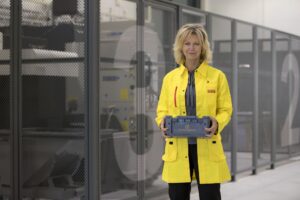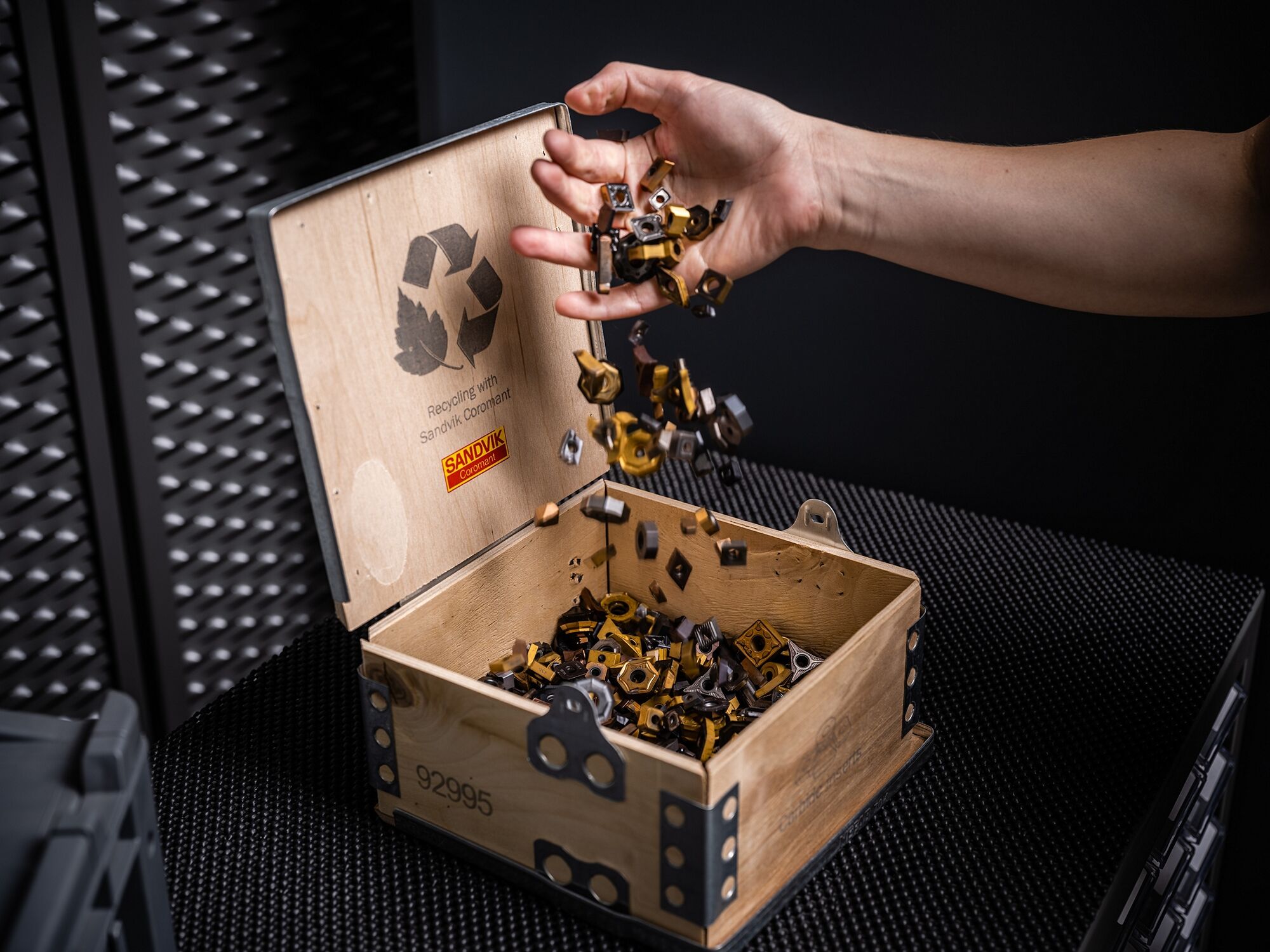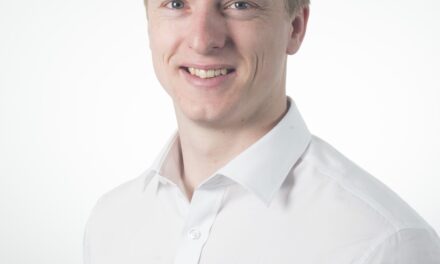“The climate battle is the fight of our lives and that fight must be won,” said United Nations Secretary-General António Guterres as he addressed attendees of the COP26 Climate Change Conference in November 2021. The world has eight years to remove 28 gigatons of carbon dioxide (CO2) from the atmosphere to meet the Paris Agreement. It’s a global race in which we must all partake, and industry must help to drive change. Here, Helen Blomqvist, President of Sandvik Coromant, explores the manufacturing industry’s commitments to a greener world and explains how Sandvik Coromant is making the shift.
We’re all aware that time is ticking if we are to limit global warming to 1.5 degrees Celsius (°C) above pre-industrial levels. A total of 49 countries, plus the European Union, have pledged net-zero targets, covering over half of global domestic greenhouse gas emissions. If implemented effectively, net-zero targets could shave an extra 0.5°C off global warming, bringing the predicted temperature rise down to 2.2°C.
However, it’s not just up to global powers and world leaders to lead the charge for change. Responsibility lies with businesses, particularly in the manufacturing sector, to review practices and reduce their carbon output.
Cleaning up industry
It’s no secret that industry has a huge carbon footprint. In the US, manufacturing accounts for almost a quarter of direct carbon emissions, according to the Environmental Protection Agency. While in Europe, the industry emits an annual total of 880 million tons of carbon dioxide equivalents.
Sweeping changes must be made — and are thankfully already being introduced — across the sector if we are to clean up its practices and future-proof business growth. And it’s not just the planet that can benefit from more sustainable operations. Investing in greener technologies can bring major benefits to a business’s bottom line, improving brand image, reducing waste and making a business seem more attractive to employees.
According to McKinsey, having a sustainability strategy allows a company to make long-term investments, boosts employee motivation and increases top-line growth. When we talk about sustainability, we’re talking about its impact on people, planet and profit.
Being green is no longer a cost of doing business; it is a catalyst for constant innovation, new market opportunity, and profitability. But that doesn’t mean that becoming more sustainable can happen overnight, especially for manufacturers. Sustainability is a long-term goal with many incremental steps, so where are the best starting points?
Full circle
When crafting a sustainability strategy, one of the most important elements an industrial company must review is its waste. According to ClimateWorks Foundation, a public charity with a mission to discover best practice solutions that help organisations reduce carbon dioxide consumption, the circular economy is “a system in which material flows, defined as consisting of biological and “technical” nutrients that are designed to continue circulating at high quality, to re-enter the biosphere safely, thereby delivering value against the least amount of energy and physical resources”.
The circular economy doesn’t only offer environmental benefits. As soon as Sandvik Coromant’s own metal cutting tools lose their effectiveness, as is natural over time, it would be all too easy for our customers to toss them away and render them unusable. However, the materials used to make those tools remain valuable.
95% of a used carbide insert can be recycled. Of this carbide, tungsten makes up around 75%. Making new tools from recycled solid carbide requires 70% less energy than producing with virgin raw materials. Production is also more sustainable, and using recycled materials emits 40% less carbon dioxide compared with starting from scratch.
Circular adoption addresses both global sustainability challenges while taking care of an issue that few customers desire to manage — waste. Overseeing the entire lifecycle of a product, like our tools, gives businesses greater control of their assets. This control means a company can effectively review its costs, while also helping its customers who will benefit from selling used products, creating supplier-relationship that do not cease once the initial purchase is complete.
As part of Sandvik Coromant’s own global recycling process, used carbide tools are collected from customers and sent to our Wolfram Bergbau und Hütten recycling plant, located in Austria. There, recycling mangers complete an X-ray fluorescence analysis using a scanning system, which determines the make-up of the received tools. After an initial crushing, the tools form a carbide powder.
This powder undergoes chemical purification to retrieve materials that have the same properties as virgin tungsten. Additional elements in the cemented carbide are also managed sustainably. For example, cobalt retrieved from the tools is sent to a third party for recycling.
Carbide tools from all manufacturers are accepted into Sandvik Coromant’s recycling programme, regardless of size, industry or location.
Making the shift
Increasingly, consumers want companies to be focused on sustainability. So do employees — and prospective employees. At Sandvik Coromant we have made a commitment — to lead the way towards a more sustainable future. A future where sustainability is the result of what we do and is an integrated part of how we conduct our business.
As a manufacturer, we need to embrace and make use of new technologies, new competencies and new ways of designing, to make our processes better for both our organisation and the environment. The metalworking industry is conservative by nature, meaning change can often be slow. We’re aiming to disrupt that.
As a sustainability advocate and supporter of global sustainability goals and as part of the Sandvik Group, we have developed a set of internal goals that hold us accountable for our actions and allow our global team to work towards a common target. We have called our movement Make the shift.
Our first objective is to increase energy efficiency by repurposing or reducing energy spent in operations, aiming for a 2.5% reduction in consumption each year. Our second is to achieve full circularity and halve our carbon dioxide impact by 2030. We have already implemented many processes to help us make this shift, from a robust recycling program to digital devices like our Green Factories measurement tool, which allows us to track areas of inefficiency throughout our facilities.
There’s still a long way to go before we, as an industry and a global society, meet our climate goals. But it’s a fight we cannot surrender. Everyone has their part to play, and it is the manufacturing industry’s responsibility to create and champion new innovations that will make our world a healthier, happier place. At Sandvik Coromant, we’re ready to make the shift.



